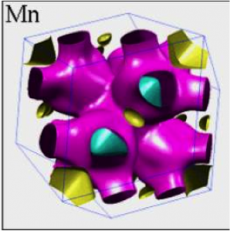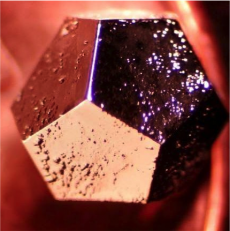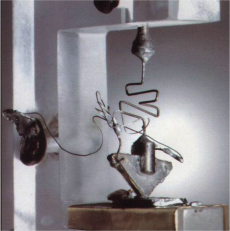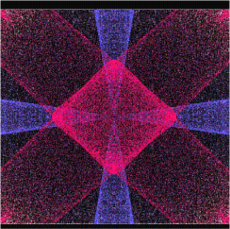Condensed Matter Theory 2 (MVTheo2, MVSpec)
summer term 2024
Lecturer: Haverkort M
22 participants
Lecturer: Haverkort M
22 participants
Condensed Matter Theory II:
The complexity of 1023 particles interacting with each other in a solid give rise to many emergent phenomena one would not predict from the simple interactions between two electrons. In this lecture we will, starting from simple models and theories work our way into the contemporary theory of many particle physics.
The lecture builds on the concepts discussed during the condensed matter physics I lecture series. We will use these to look at interacting many body systems.
Background knowledge assumed to be present:
(you can find these topics in the lecture notes, look at youtube videos of the previous lectures or ask during the lectures for more information)
- Second quantization
- Tight binding representation of Hamiltonians and how to solve the band-structure (Fourier transform, crystal momentum)
- Green's functions for non-interacting system and Dyson equation to calcualte impurity or surface states.
Concepts of many particle systems discused are:
- Response functions.
- The difference in response functions between interacting and non-interacting systems.
- Green's functions and diagramatic expansions for interacting systems.
- Embedded cluster approximations including atomic multiplets, crystal field theory, ligand field theory, dynamical mean field theory.
Material
Script
- The script will be updated during the lecture.
- Condensed_Matter_Theory.pdf
Recommended Literature
Main literature
- There is a script that acompanies the lecture. Feedback and typos are most welcome
-
Jochen Schirmer
Many-Body Methods for Atoms, Molecules and Clusters -
Mattuck
A guide to Feynman Diagrams in the Many-Body Problem -
E.N. Economou
Green's Functions in Quantum Physics
Other sources
- Ashcroft / MerminSolid State Physics
-
Kittel
Introduction to Solid State Physics -
MajlisThe Quantum Theory of Magnetism
-
Haken / WolfThe Physics of Atoms and Quanta
Exercise sheets
Practice groups
- Group 1
22 participants
Schedule - Content
| 16.04.2024 |
Introduction and start with response theory Chapter 13 |
| 23.04.2024 |
Response theory - H atom Chapter 13 |
| 29.04.2024 |
Additional lecture at the time of the tutorial Response theory - Time and frequency Chapter 13 |
| 30.04.2024 |
Response theory - Time and frequency Chapter 13 |
| 07.05.2024 |
Response theory - Dissipation+ Kramers Kronig Chapter 13 |
| 14.05.2024 |
Correlations - The H2 molecule Chapter 14 |
| 21.05.2024 |
Correlations - The Hubbard model Chapter 14 |
| 28.05.2024 | No lecture |
| 04.06.2024 |
Green's functios Chapter 15 |
| 11.06.2024 |
Diagramatic expansions Chapter 15 |
| 18.06.2024 |
Diagramatic expansions Chapter 15 |
| 25.06.2024 |
Atomic multiplets and fractional parantage Chapter 16 |
| 02.07.2024 |
Ligand field theory Chapter 16 |
| 09.07.2024 |
Dynamical mean field theory Chapter 17 |
| 16.07.2024 | No lecture - time to ask questions if wanted |
| 23.07.2024 | Exam starts at 11:15 |
Excersizes
| 29.04.2024 | Additional lecture |
| 13.05.2024 | Discussion of problem 2 |
| 27.05.2024 | Discussion of problem 3 |
| 10.06.2024 | Discussion of problem 4 |
| 24.06.2024 | Discussion of problem 5 |
| 08.07.2024 | Discussion of problem 6 |
| 23.07.2024 | Exam starts at 11:15 |











